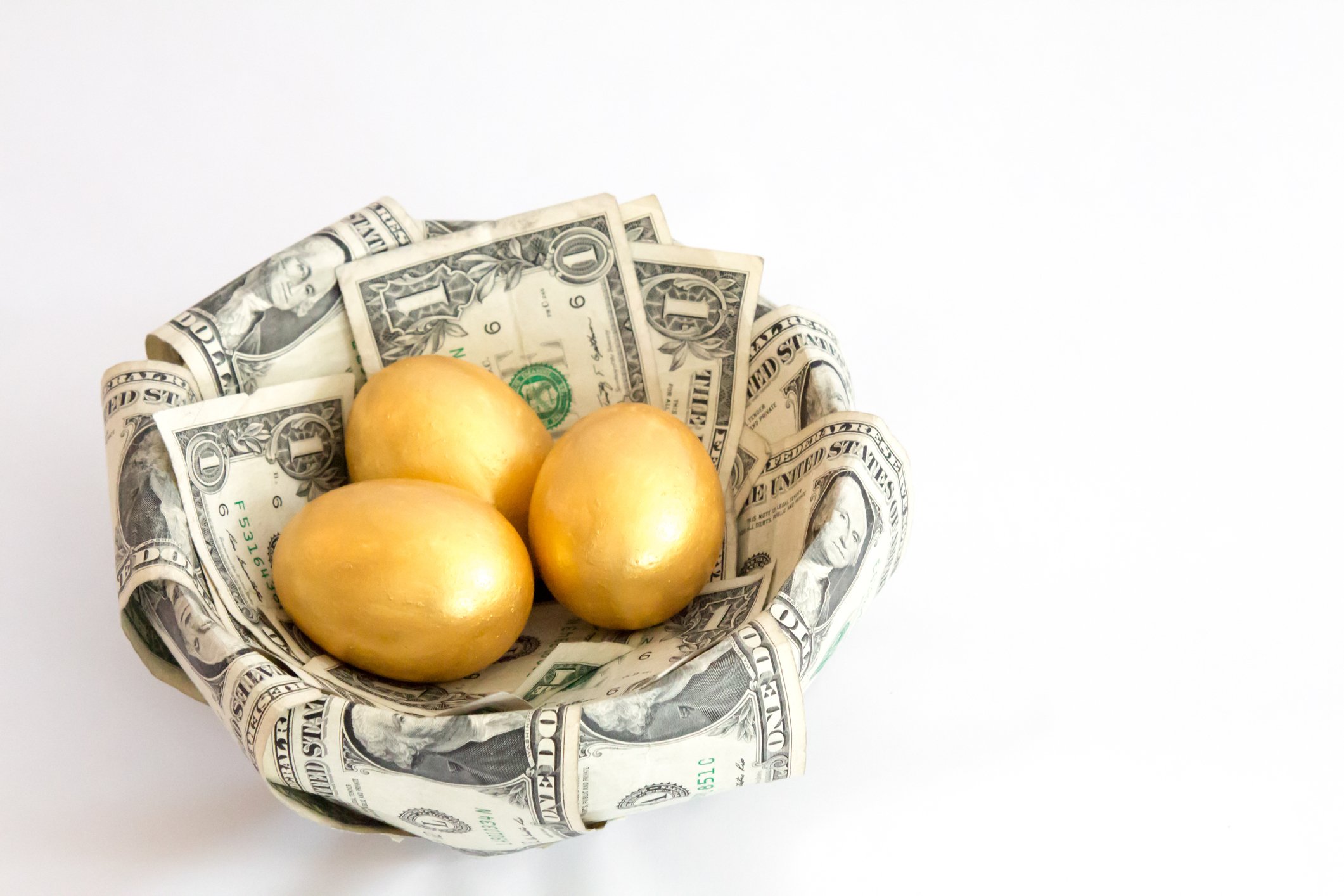Ever since the end of the Stone Age, humans have sought out metals. Once visible, easy-to-find metal resources were used up, mining became an essential way to obtain the base and precious metals that people needed for a wide variety of ceremonial, industrial, and personal uses. Now, vast mining companies dig deep into the ground to find rare metals with special traits that make them valuable in many different ways.
There are hundreds of individual mining company stocks in which investors can purchase shares, many of which are extremely small and risky. But if you don't want to take on the risk of parsing out which mining companies will be big winners, mining ETFs offer a way to get diversified exposure to the entire industry that's easy for investors to use.
Top mining ETFs
|
Mining ETF |
Assets Under Management |
1-Year Return |
|---|---|---|
|
VanEck Vectors Gold Miners (GDX +1.18%) |
$7.6 billion |
(5%) |
|
VanEck Vectors Junior Gold Miners (GDXJ +1.23%) |
$4.3 billion |
(13%) |
|
SPDR S&P Metals & Mining (XME +0.12%) |
$1 billion |
19% |
|
iShares MSCI Global Select Metals & Mining Producers (PICK +0.86%) |
$642 million |
20% |
|
Global X Silver Miners (SIL +0.99%) |
$394 million |
(15%) |
Source: ETFdb.com.
All that glitters
Many investors who look at miners focus on precious metals. With the price of gold around $1,300 per ounce currently, gold mining attracts a lot of attention among investors, especially those who see the yellow metal as a potential hedge against risks like inflation and financial instability.
ETFs in the space offer various types of exposure to the industry. The largest VanEck mining ETF above chooses stocks of the largest gold miners in the world, offering diversified exposure across the globe. The junior miners ETF instead looks at smaller mining companies that tend to have less stability but greater opportunity for big gains if they become operationally successful.

Image source: Getty Images.
Although many gold-producing miners also tend to end up with substantial amounts of silver and other metals as a byproduct of their gold operations, other miners look specifically search for silver deposits. These silver miners often end up with some gold as a byproduct, but their prices often move more in line with the silver market than with gold prices.
Buying the whole sector
It's important to understand, though, that mining stocks encompass more than precious metals. Key products like copper, nickel, tin, aluminum, lead, and zinc are vital for the production processes of many industries, and the miners that supply these base metals to industrial customers can be just as profitable as a gold mining operation.
The SPDR and iShares ETFs above both give exposure to the broader range of mining stocks, including both precious and base metals companies. Each has a slightly different investment objective, but as you can see from their recent returns, adding base-metal exposure has been a critical diversifier that has allowed them to perform well.
Take a closer look at mining ETFs
Finally, the nice thing about mining ETFs is that you don't have to worry nearly as much about the company-specific problems that can arise with mining stocks. If you invest in shares of just one miner and that company faces a catastrophic problem, such as a mine collapse or on-site accident that requires closure of the mine, then you can suffer huge losses. ETFs spread out that risk so that you're investing more in the prospects for the entire sector rather than on any one particular company.
The mining industry is fascinating and can be quite lucrative. By using exchange-traded funds that own mining stocks, you can invest in the sector in a simple, effective way.






